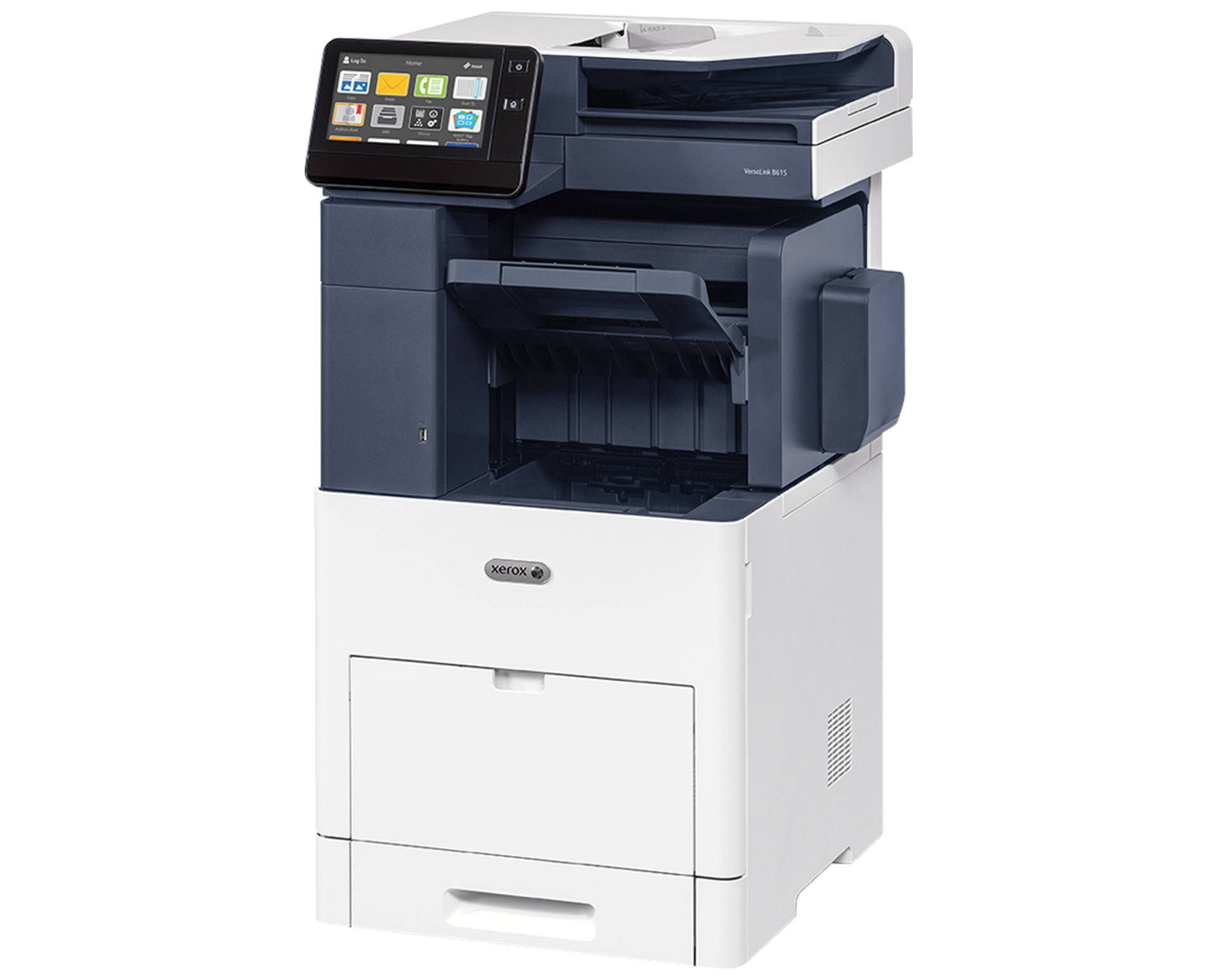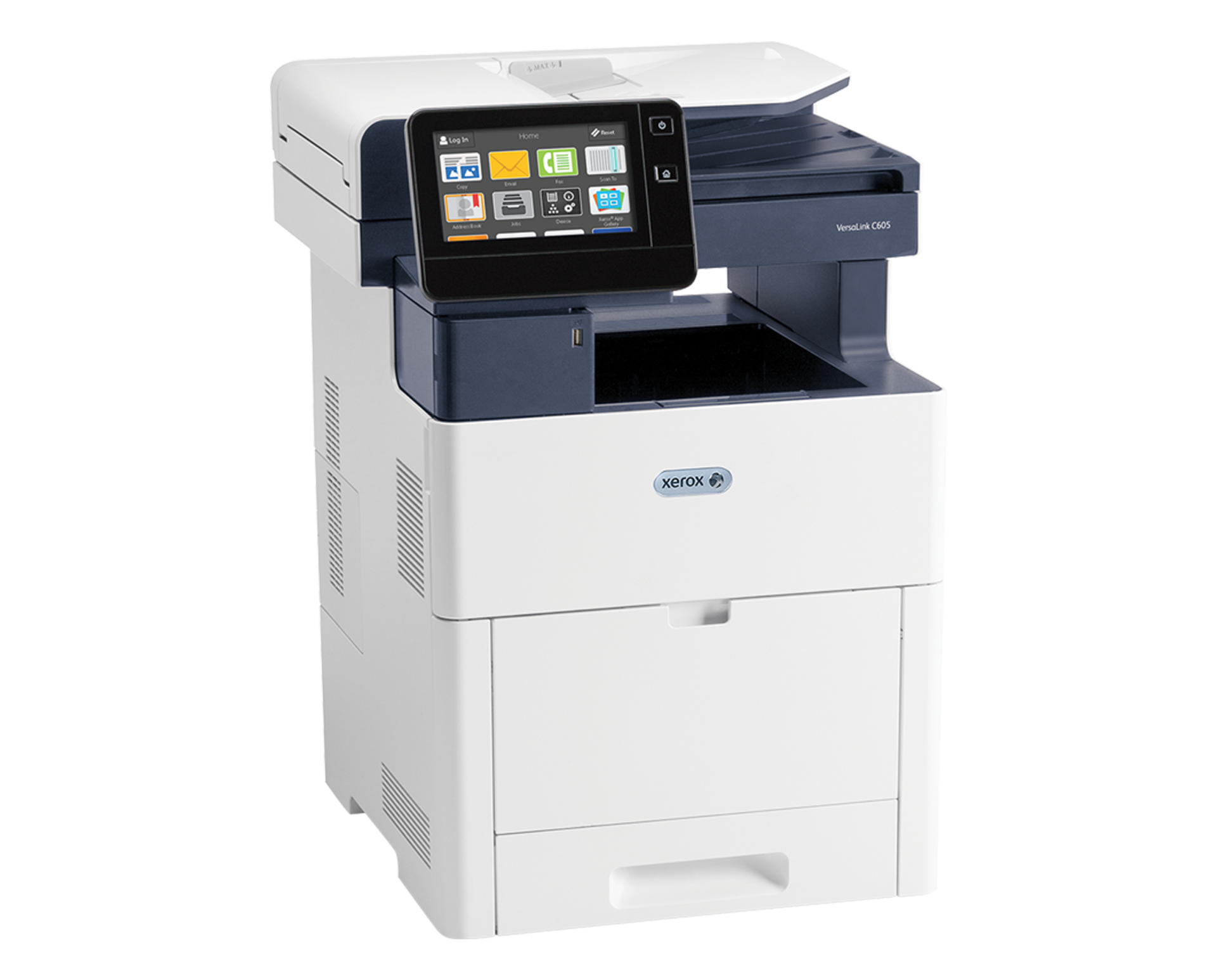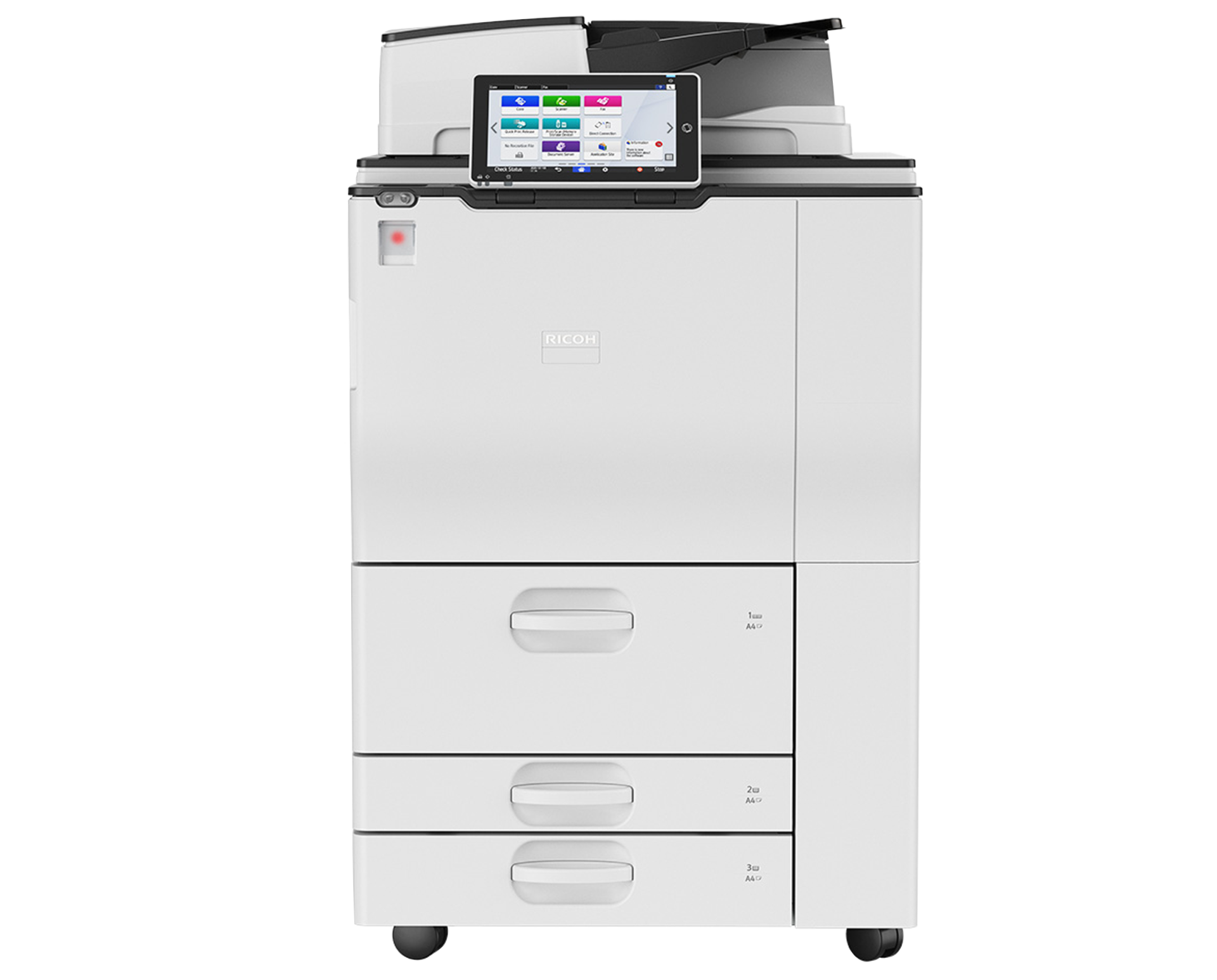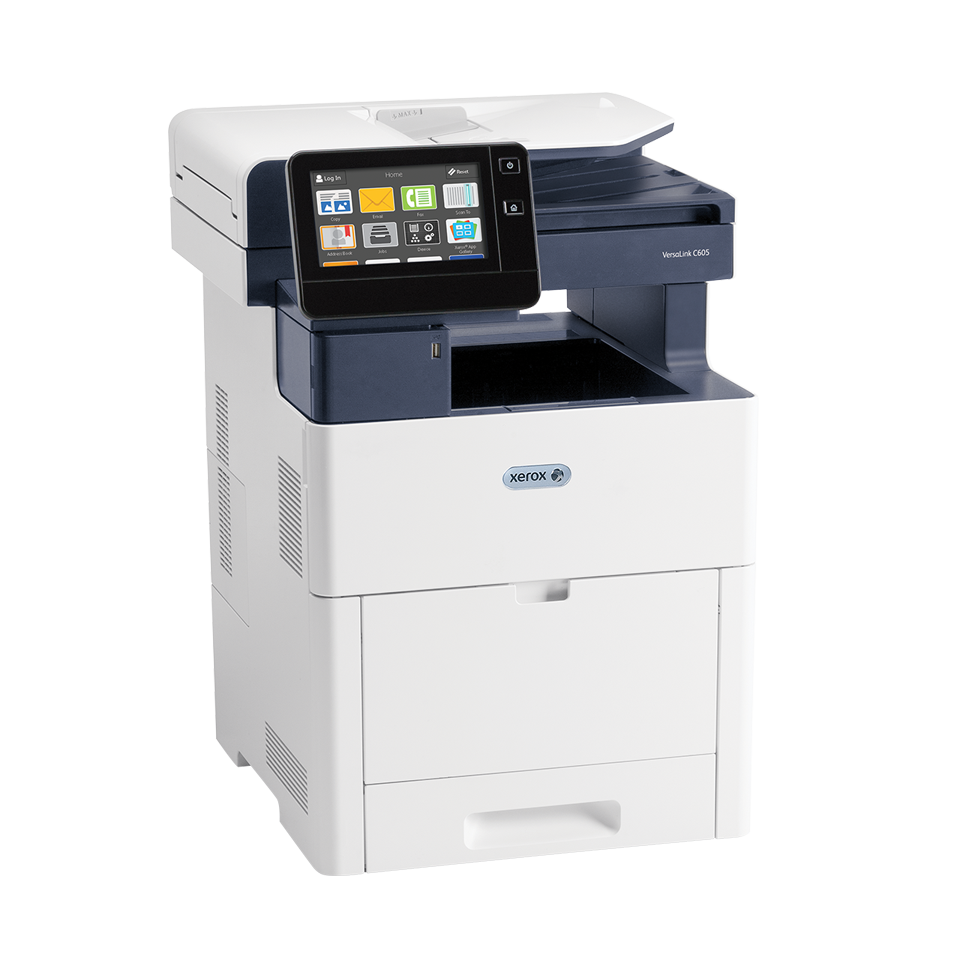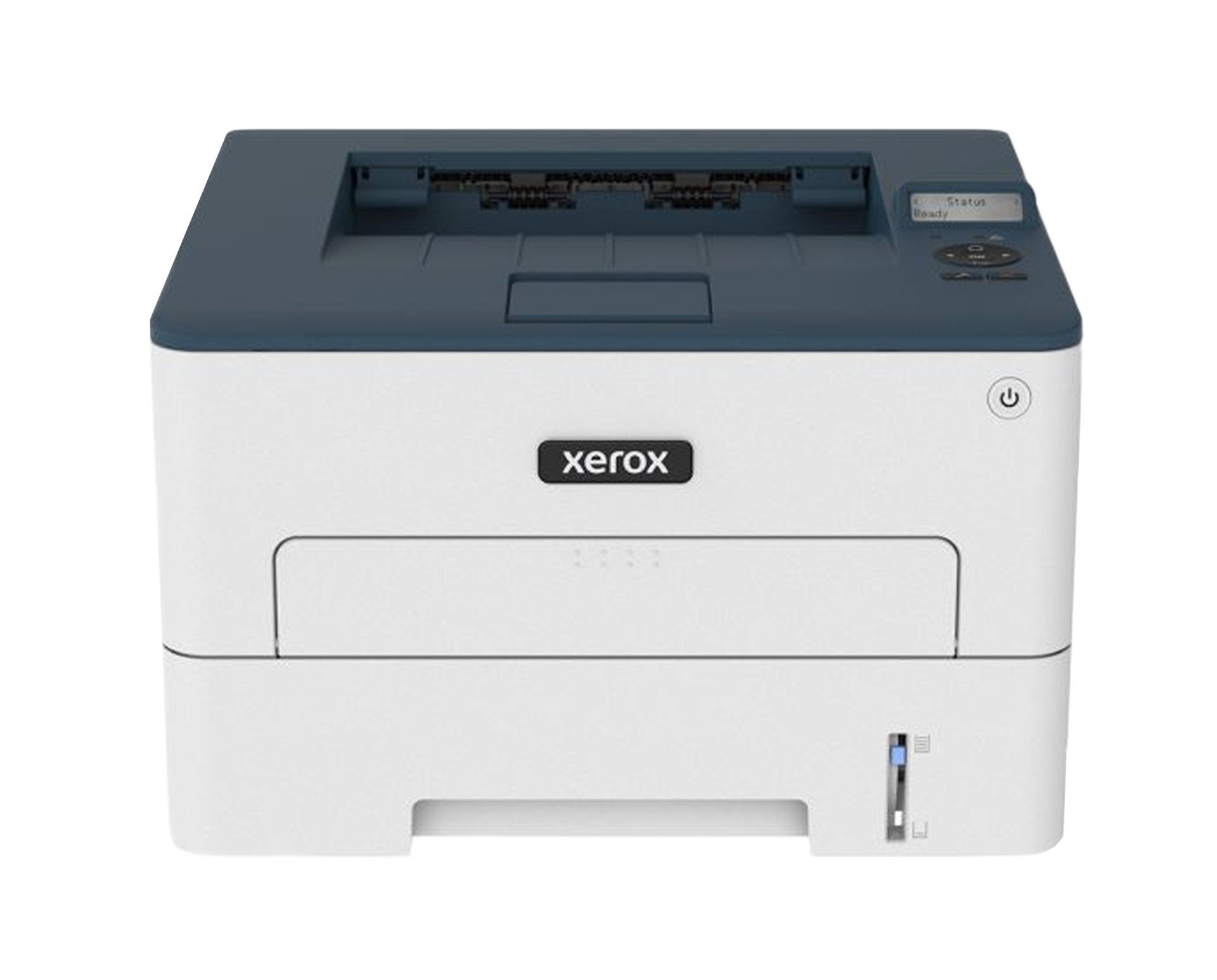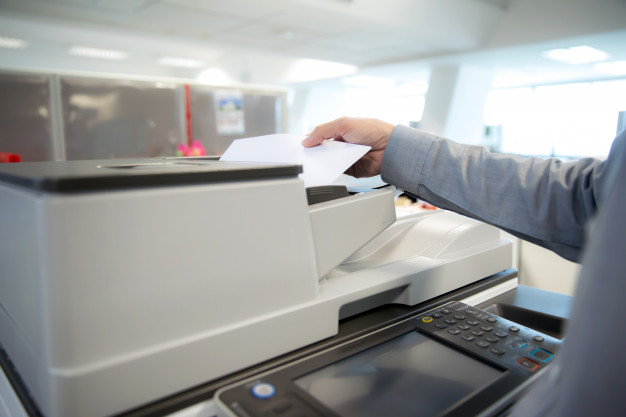
Hospitals are one of the most important and busiest places in any given community, constantly running on schedule and providing care for anyone who needs it. Hospitals often experience a high volume of printing, making managed print an ideal solution to keep costs low and efficiency high. This article explores managed print’s contributions to hospitals, why managed print is necessary for hospitals if managed print will affect hospital budgeting efforts, and more!
If you are in San Antonio and you are looking for a Copier for your business, you may contact Clear Choice Technical Services in San Antonio. You can ask about Copier Leasing Services in San Antonio, Copier rental services in San Antonio, and Copier Repair Services in San Antonio.
What are the contributions of managed print to hospitals?
Managed print offers a lot of benefits to hospitals, but one of its biggest contributions is reducing paper costs. Paperless managed print systems allow users to receive documents electronically after they are printed on the printer. The system can also track how many copies have been made and for what purpose each copy was used. Allowing you to cut down your overall printing cost significantly.
Why should hospitals invest in managed print?
Investing in managed print helps hospitals save money by cutting back on operating expenses. Like ink and toner cartridges as well as office supplies such as printer paper (paperless systems eliminate these costs). It also reduces staff time spent managing printers—a task that often falls upon nurses. Who could be spending their time administering care instead.
For hospitals where the managed print is not an option. There are still ways to cut down on printer expenses and waste. You should always first look into whether the hospital already uses a managed plan—check with IT or your managed services provider if you’re unsure about what options might be available for you. If it’s possible to make this change, doing so can save thousands annually by eliminating paper wastage as well as ink and toner costs (depending on the contract). Finally, consider implementing a stricter printing policy that limits who has access to printers and how much they use them—this will go far in cutting back overall consumption.
What reasons make managed print necessary?
Hospitals manage a significant amount of sensitive data that must be handled with care. From patient records and medical information up to financial reports and payrolls. This kind of valuable data needs secure storage solutions to keep it safe from any unwanted eyes. Or access points where someone could breach security protocol and gain unlawful access. Managed print offers all of the necessary security features. Like authentication and code-based access, which gives hospital managers peace of mind that their data is safe.
Hospitals also need managed print because it’s a cost-effective way to cut down on unnecessary printing costs. The system can track how many copies have been made and for what purpose each copy was used. Allowing you to make more efficient use of resources and save money in the long run by avoiding wasteful duplication or reprint requests.
Does managed print affect the funds?
It depends whether managed printers are already available at your facility or not as well as if they’re being managed correctly. If managed printer systems aren’t installed properly. Then there will be no significant savings from them since employees will continue to print items regardless of managed printers. Or if managed printers are installed but aren’t managed correctly (i.e., not adequate user rights). Then employees will be limited in their printing activities and there won’t be any significant savings either way. Costs can also increase instead of decrease because managed printer systems require continual monitoring which requires time and resources itself. So hospitals need to take that into account when determining whether managed printer system is right for them.
If you’re already using managed printers at your facility, it’s still possible to implement a well-managed solution. Regardless of the current technology used is LaserJet Enterprise Flow MFPs or Dell/Canon Workgroup Pro Printers. As long as a staff has proper training on how these devices work. The managed print will be a huge benefit to your overall business.
While managed printers can provide significant savings for any organization. These benefits won’t outweigh the disadvantages if it’s not being used correctly. Managed printer systems require constant attention from IT staff and other resources within an organization should also be made aware. That managed printer is present or else they may still send documents as fax which would defeat its purpose entirely. It should only take one poorly managed system to turn off people as opposed to using managed printing services in general. So hospitals need to tread carefully before making this decision.

